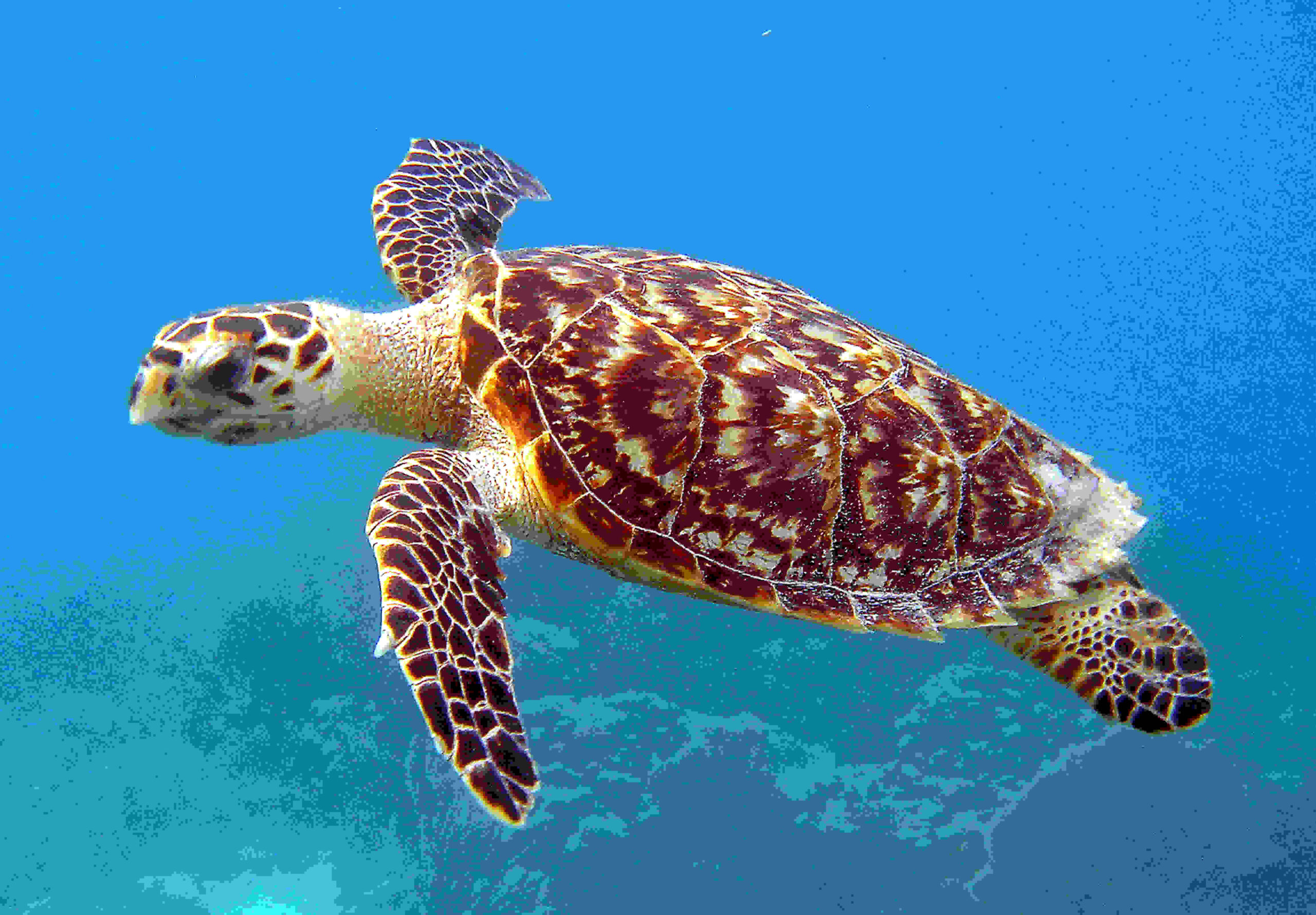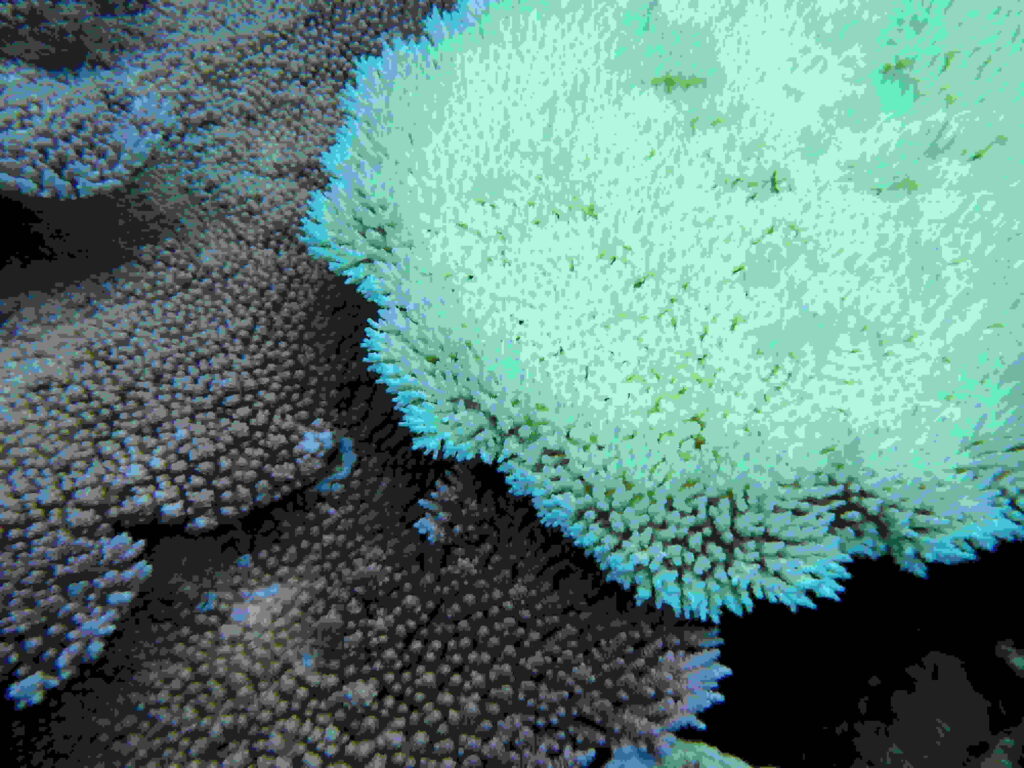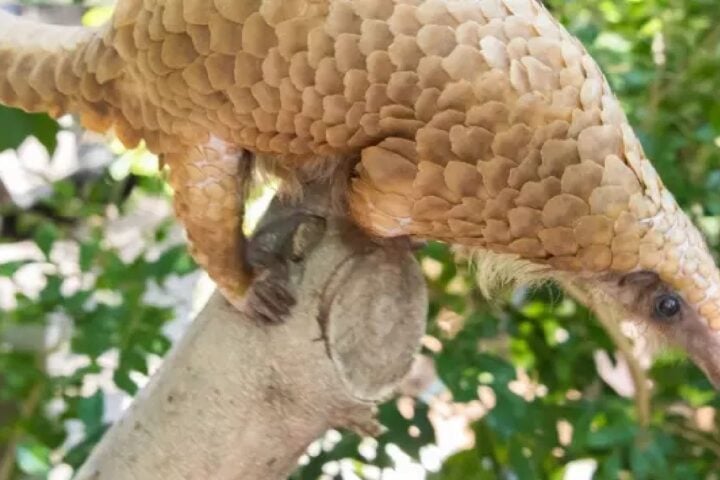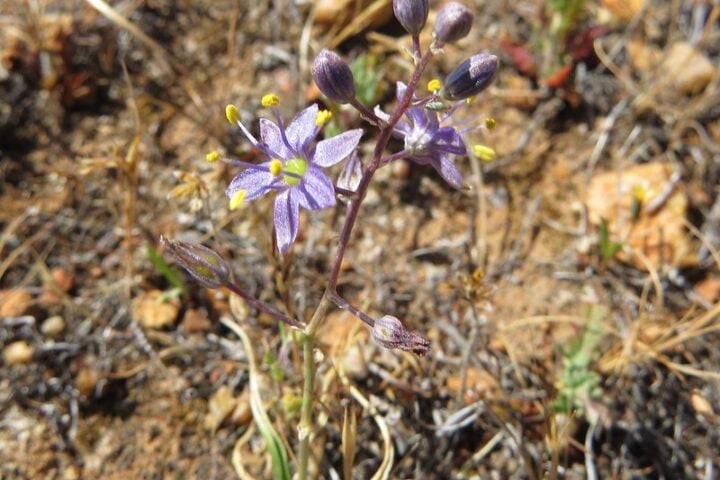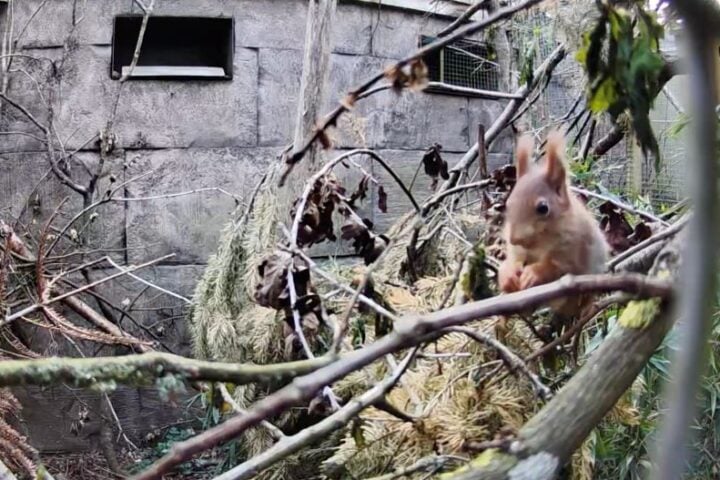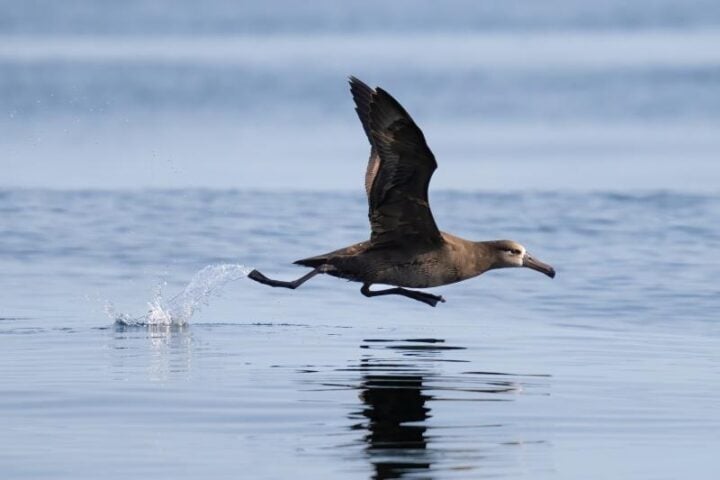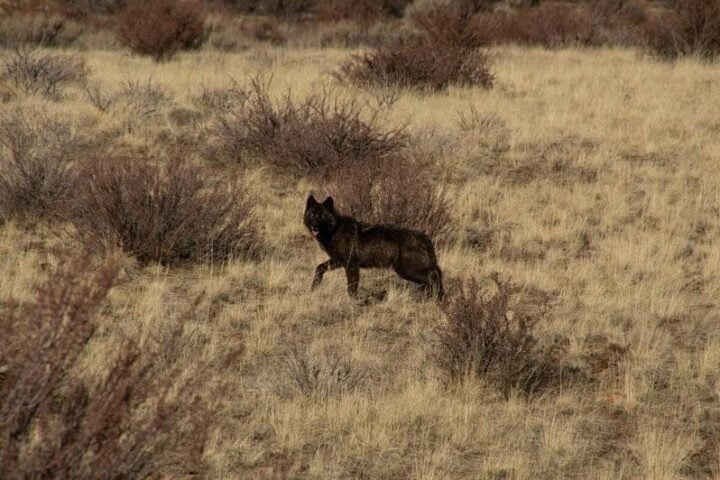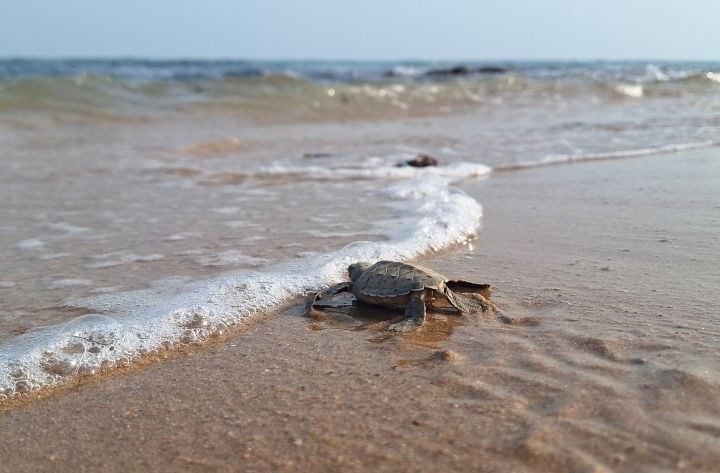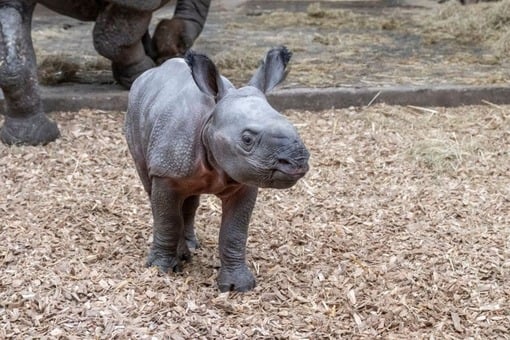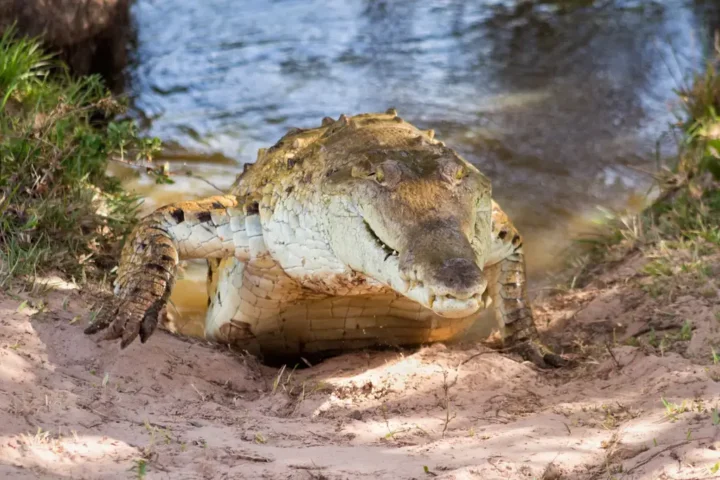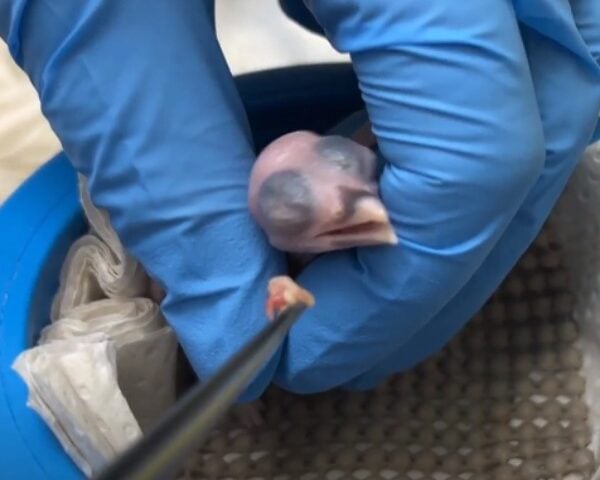Animals, alongside human beings and plants, are crucial partners in maintaining the ecological balance. The 14th Conference of the Parties to the Convention on the Conservation of Migratory Species (CMS COP14) of Wild Animals, which convened in February 2024 in Samarkand, Uzbekistan, is expected to adopt resolutions on Saturday for the conservation of the Hawksbill Turtle and Angelshark in the Mediterranean Sea.
The Single Species Action Plan for the Hawksbill Turtle was addressed at COP14 following its classification as critically endangered on the IUCN (International Union for Conservation of Nature) Red List of Threatened Species in 2008. The declining population trend has raised concerns about the viability of various populations due to ongoing high threat levels. The resolution highlighted use and trade as key threats to Hawksbill Turtles, particularly in the South-East Asia and Western Pacific Ocean Region.
The Indian Ocean’s coasts, islands, and atolls offer significant nesting and foraging habitats for Hawksbills. In the early 20th century, they were notably abundant in India’s Lakshadweep Islands, as per the IUCN. The Andaman and Nicobar Islands also hosted a significant number of these turtles. Deepak Apte, a marine biologist and managing director of the Srushti Conservation Foundation, emphasized the urgent need for nesting site management and protection, especially in Lakshadweep, the Andaman and Nicobar Islands, and potentially the Gulf of Mannar in Tamil Nadu.
The Angelshark, declared ‘Critically Endangered’ on the IUCN Red List in 2017, has seen significant population declines over the past 50 years due to exploitation, slow growth, and low productivity. Its habitat is under constant threat from intense demersal fisheries, recreational fisheries, coastal commercial and tourism development, and habitat degradation across its range.
Separately, the conference proposed a draft action plan for birds, with India and Bangladesh suggesting the development of a Single Species Action Plan for the Indian Skimmer. According to the Bombay Natural History Society (BNHS), the Indian Skimmer is found in coastal estuaries of western and eastern India. The Wildlife Institute of India notes its presence primarily on larger, sandy, lowland rivers, around lakes and adjacent marshes, and, in the non-breeding season, in estuaries and coasts.
These draft resolutions are among those expected to be formally adopted by the COP on Saturday, before the meeting concludes. In summary, CMS COP14 is set to endorse the conservation of the Hawksbill Turtle and Angelshark in the Mediterranean Sea. The conservation of these and other threatened species is essential for ecological balance.
